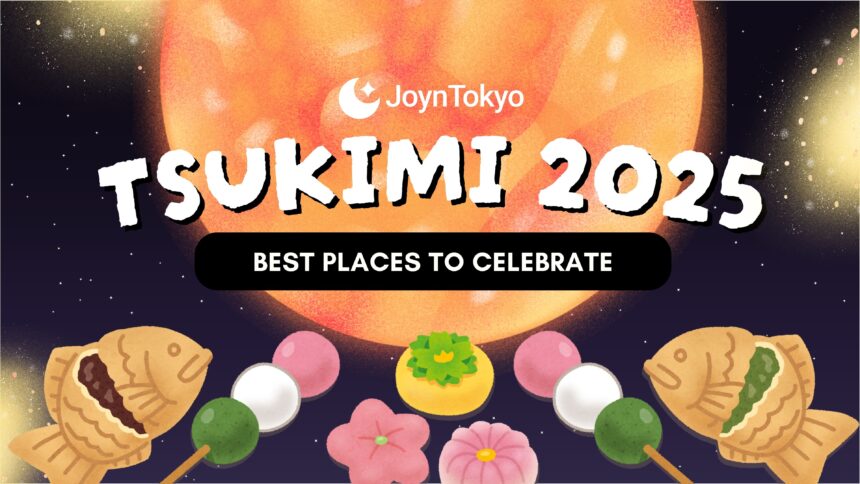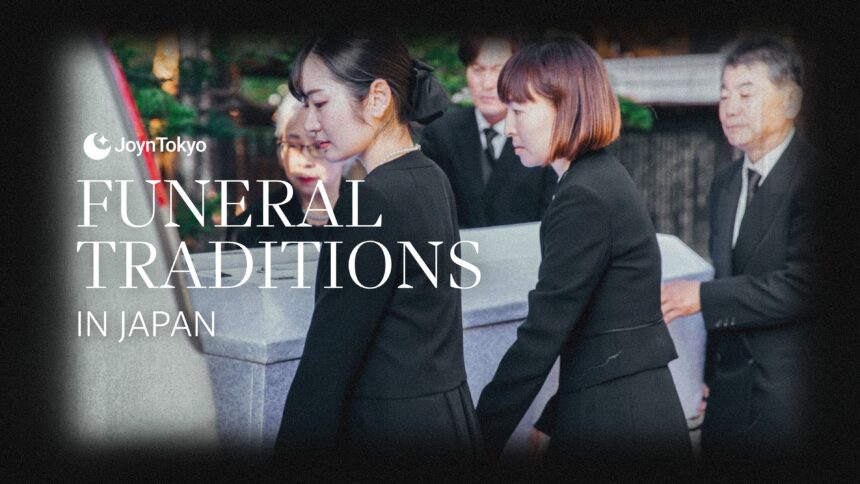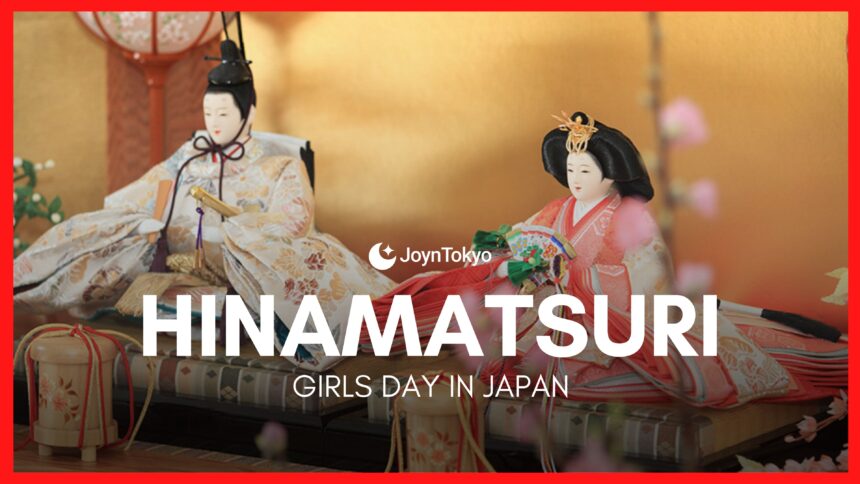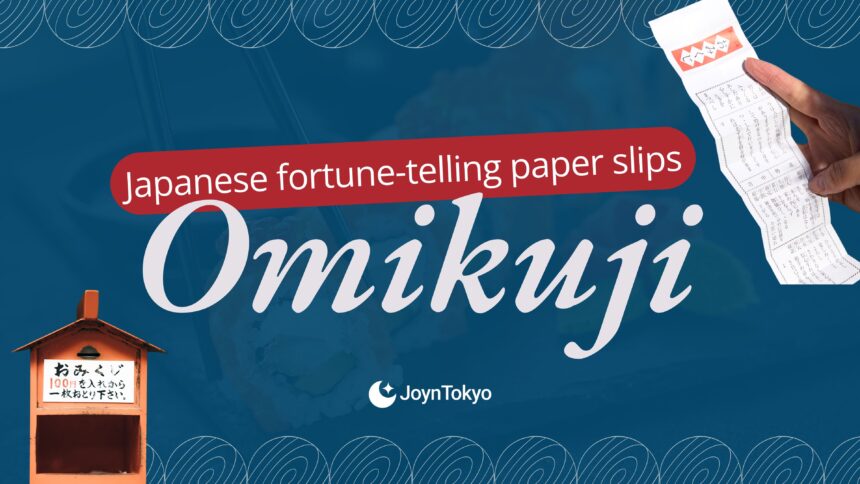One of the highlights of Autumn in Japan is taking part in tsukimi, the centuries-old custom of admiring the harvest moon. In 2025, Chūshū-no-Meigetsu (the Japanese term for “harvest moon”) rises on Monday 6 October, while the astronomical full moon peaks at dusk on 7 October — a rare one-day offset that promises two luminous evenings. Because the lunar calendar drifts against the solar year, festival dates slide from mid-September to early October, and in 2025, tsukimi sits at the very end of the window, gifting long, crisp nights.
2025 Festival Key Dates
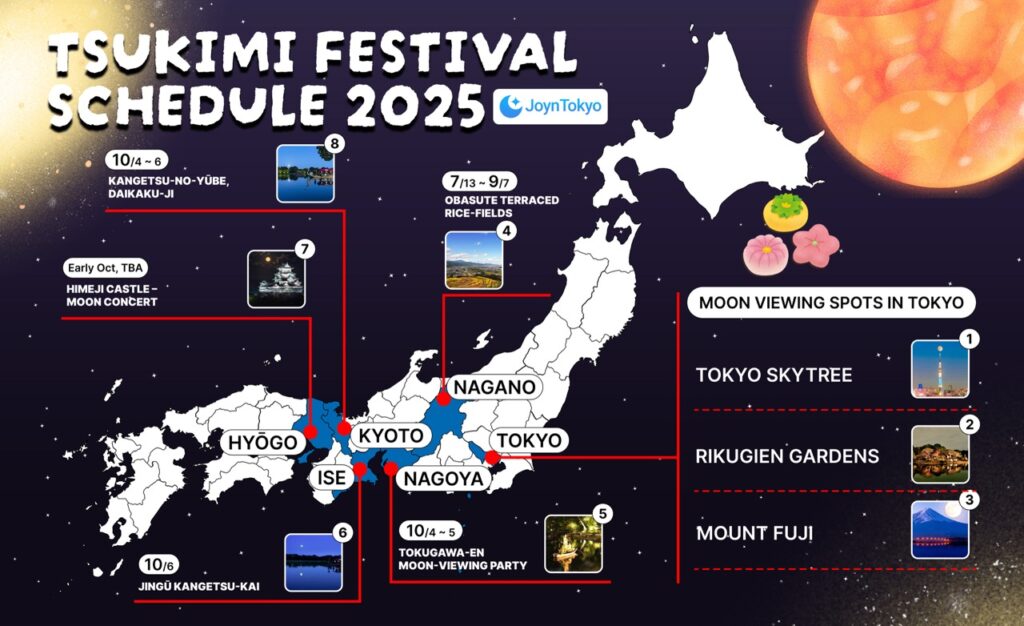
Key dates
- 4–6 Oct: Kangetsu-no-Yūbe boat rite, Daikaku-ji, Kyoto
- 4–5 Oct: Tokugawa Park Moon-Viewing Party, Nagoya
- 6 Oct: Jingū Kangetsu-kai, Ise Grand Shrine
- Early Oct: Himeji Castle Moon Concert
- Late Sep – early Oct: Obasute Rice-Terrace Illumination, Nagano
- Late Sep: Mukojima Hyakkaen “Tsukimi-no-Kai,” Tokyo Full venue timetables release in mid-August, so check official sites before you book a room.
Signature Moon Viewing Festivals
Across Japan, heritage temples, gardens, and castles host curated gatherings that frame the harvest moon with music, poetry, and ritual. These celebrated events often require timed tickets or same day queues, so plan ahead if you want a seat on the water or within a candle lit courtyard.
Kyoto – Kangetsu-no-Yūbe, Daikaku-ji
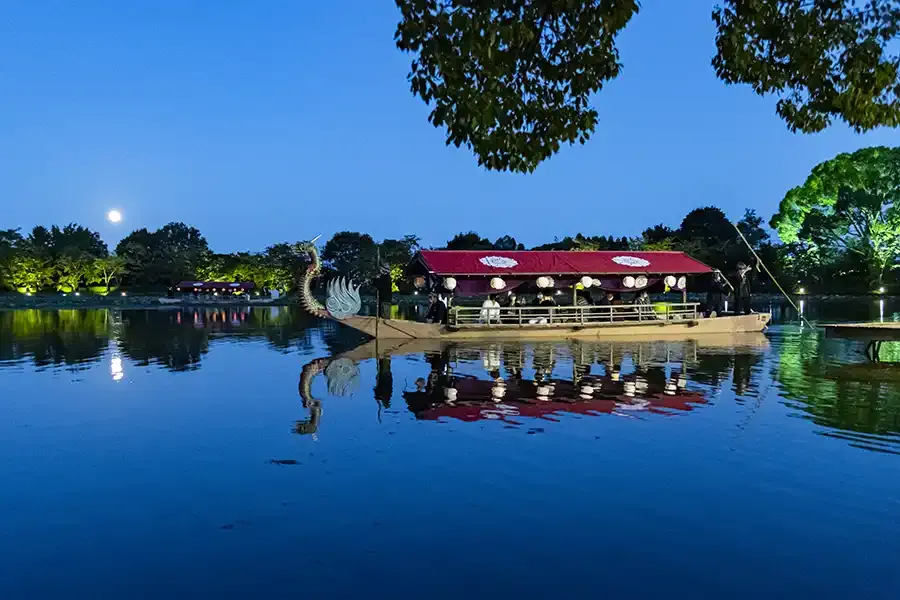
- When: 4-6 October
- Price: Entry to the pond, ¥500; boat and tea ceremony package, ¥5,000 (limited to 100 tickets)
- Official Website
- Map
As the sun sets and Buddhist monks start the holy rites to begin the tsukimi festival, Dragon-prowed boats begin to glide across Ōsawa pond, next to Daikaku-ji Temple, while traditional gagaku court music drifts through the air. Guests can also take part in a tea ceremony, for a taste of celebrating in the manner of the Heian period from over a thousand years ago.
Nagoya – Tokugawa-en Moon-Viewing Party

- When: 4-5 October
- Price: ¥300
- Official Website
- Map
In Nagoya, ornamented Japanese boats sail across the Ryusen pond, part of Tokugawaen, the small garden of the Shogun. As the night draws on, it begins to glow with candlelight, and the sound of stringed koto music plays as the soundtrack to the festival. In Aichi, tsukimi is also known as “ladle the moon” festival.
Ise – Jingū Kangetsu-kai
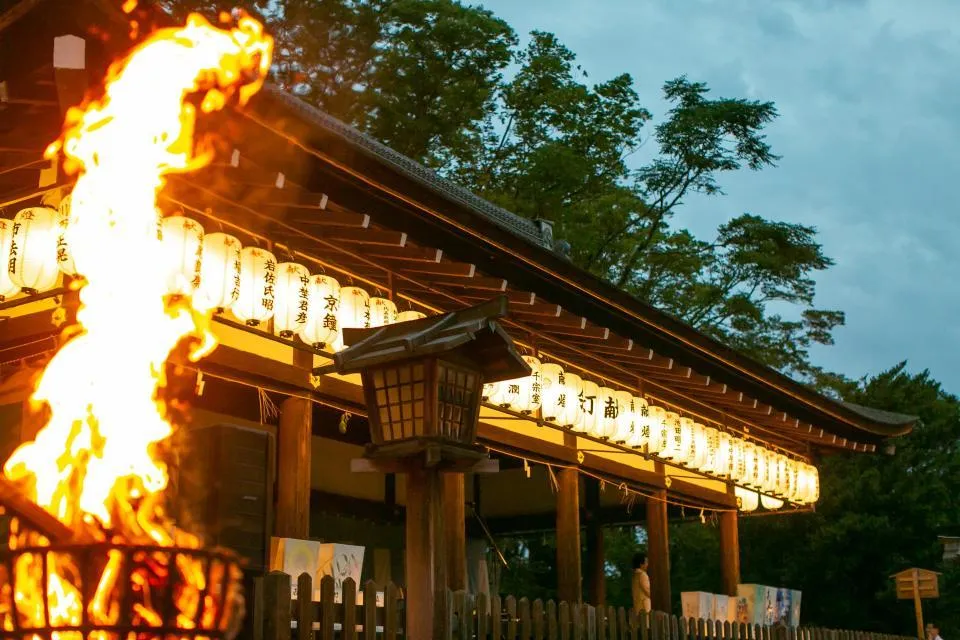
- When: 6 October
- Price: Free
- Official Website
- Map
Ise Shrine is one of the most significant shrines in Japan, and is viewed by some as the most important shrine in Shinto. As such, it is home to some of the most traditional and spiritual tsukimi events, as poets recite waka poetry on Magatama pond’s waterside stage. Arrive before 17:00 to be sure of a good place.
Himeji Castle – Moon Concert
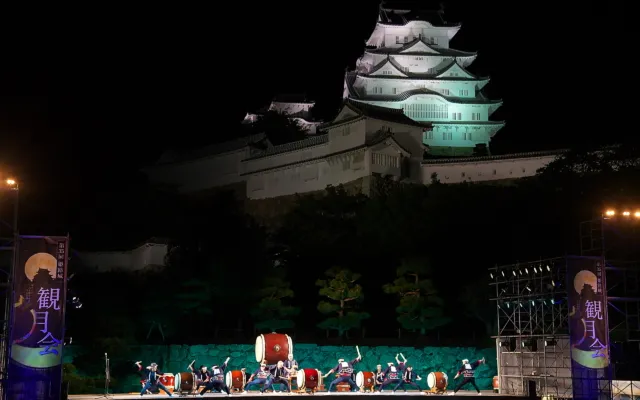
- When: Early October
- Price: Tea and sweets, ¥700
- Official Website
- Map
With the white ramparts of the UNESCO World Heritage site Himeji Castle bathed in moonlight in the background, traditional music is the main draw of the celebrations in Himeji. With delicate koto and rousing taiko drums filling the air, guests can also purchase tickets at kearby Kokoen garden for tea and sweets while they observe the moon.
Nagano – Obasute Terraced Rice-Fields
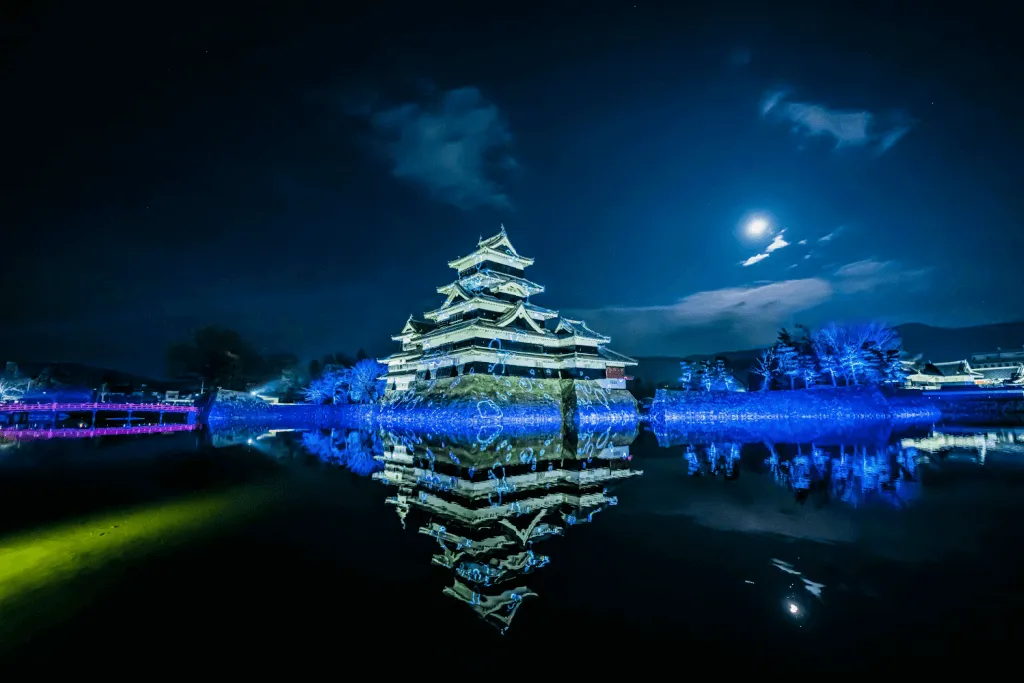
- When: late Sep–early Oct
- Price: Free
- Official Website
- Map
At the beautiful terraced rice paddies, the flooded fields are not only covered with traditional lanterns, but the water mirrors the moon in the night sky, creating dozens of illusory moons on the ground. Bring a jacket, as the highland air drops below 14°C after dusk.
Tokyo Skytree

- When: Oct 4-6
- Price: ¥2,700
Book tickets for the Tempo Deck in Japan’s tallest building to be as close to the moon as you can, making it a little bigger and a little brighter. Relaxing jazz music plays as you enjoy the atmosphere, and there are a number of restaurants for anyone who wants to dine in style while they take part in tsukimi.
Tokyo: Rikugien Garden

- When: 4-6 October
- Price: ¥300
Rikugien in Tokyo is a spacious and beautiful example of an Edo-era garden, built for the 5th Tokugawa Shogun. During the autumn, it extends its opening hours, as not only is it renowned for the beautiful red leaves that cover its trees as the year begins to close, but it extends its opening hours to allow tsukimi viewings of the moon — both in the sky and reflected in its pond.
Mount Fuji Reflection

- When: 4-6 October
- Price: Free
At the edge of Lake Kawaguchi, at the foot of Mt. Fuji, the symbol of Japan, calm water and clear skies can not only give a mesmerizing view of the moon above the snow-capped peak, but also a gorgeous reflection in the lake itself. Make sure that you arrive by 17:00 to secure a spot on the shoreline, as it is a very popular tsukimi spot, as well as a hub for the Fujikawaguchiko Autumn Leaves Festival.
Planning Your Own Moon Night
Not everyone joins a formal gathering as many locals craft their own moon viewing nights with simple rituals: a balcony lantern, a thermos of green tea, and a tray of seasonal sweets. From a city rooftop or a country hillside, tsukimi can be just as moving when made personal, quiet, and close to home.
Food & Drink
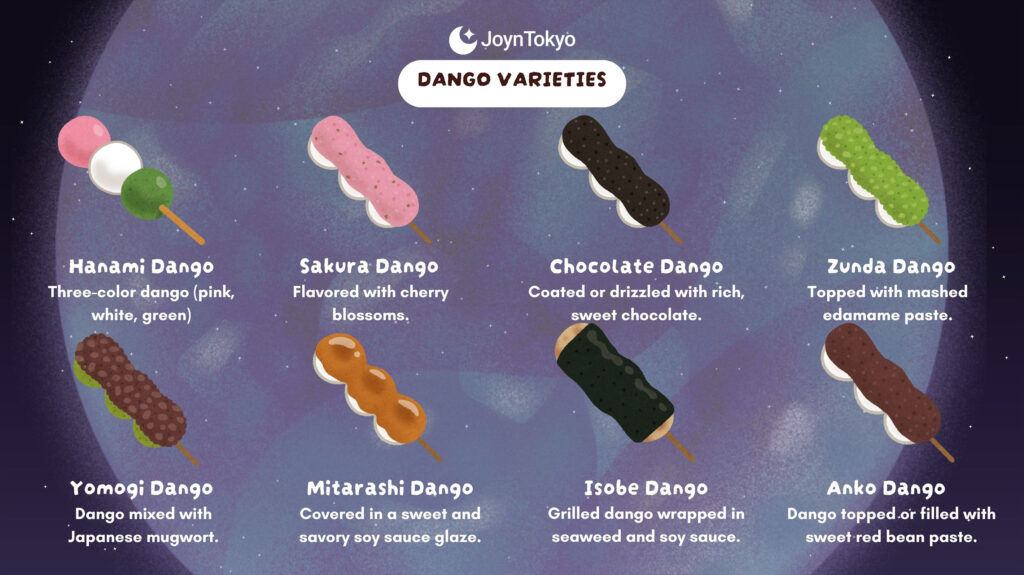
Convenience stores stock tsukimi dango from late September — pre-order or they vanish by festival week. Pair with sencha tea or a dry junmai ginjō sake. Look out for limited-run “Harvest Moon” craft ales in 2025, perfect as souvenirs.
Getting Around and Etiquette
Urban rail runs until midnight, but rural branches become less frequent after 23:00, so remember the date of your last train. In Kyoto and Nara, shuttle buses connect major temples to JR hubs on 6 October only. During events, keep your voice down, and don’t use a torch: moonlight is the star.
Weather Readiness
Early October highs hover near 22°C yet night lows sink below 15°C in the mountains. A lightweight down jacket or wrap will keep you warm while stargazing. If clouds roll in, then don’t worry: openings often appear after 21:00.
Moonlit Takeaways for Autumn 2025
Because the main night falls on a Monday, both residents and travellers can embrace a serene ritual to start their week. Whether you step aboard Kyoto’s lantern boats or simply anchor pampas grass beside a balcony lantern, Tsukimi 2025 invites you to pause, share seasonal flavours, and look up together. Secure tickets by late August, layer for crisp air, and let two consecutive moonrises — 6 and 7 October — quietly turn the year toward winter.

